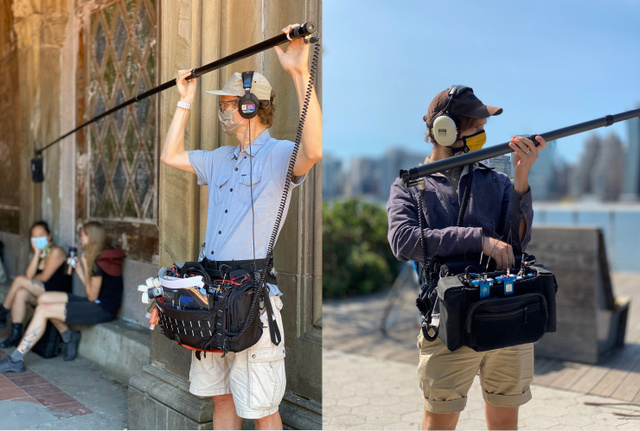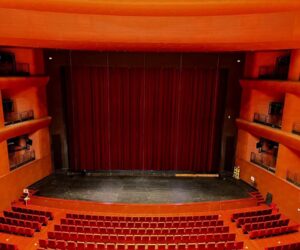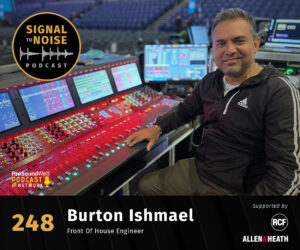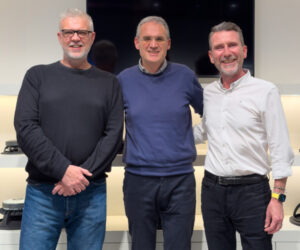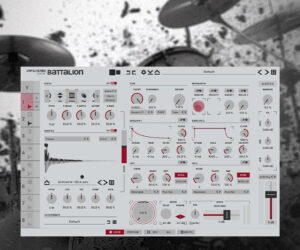New York City-based Sound Co-op, launched in 2015 by freelance production sound mixers Jon Moore and Phil Shipman, has a business model designed to increase career security and bolster client confidence, and in standardizing wireless and other equipment, they chose Lectrosonics Digital Hybrid Wireless gear that includes SMV and SMQV transmitters and SRc receivers supported by pairings of the T4 and R1a for IFB applications.
The duo notes that the co-op model has helped them thrive and work safely during the pandemic. “Our co-op is a legal structure,” begins chief financial officer Shipman. “It’s just like how some apartment buildings and food stores are co-ops. We’re not only worker-owned, but democratically controlled. In a for-profit company, owners take profit based on the share of the company they own. Here, each sound mixer takes revenue based on how much they work.”
Even prior to the pandemic, standardization was a must, as resident tech and co-founder Moore explains: “From a technical perspective, we needed wireless products that were wideband, durable, user-friendly, and easy to troubleshoot. I’d worked in the rental department of Professional Sound Services for two years. I was people’s go-to guy for problems like, ‘My receiver is not picking up’ or ‘How do I get more range?’ Just coming in with that experience made me know we wanted Lectrosonics.”
In early 2020, the coronavirus struck, giving Sound Co-op a further and unforeseen reason for having a single wireless umbrella. “We were already benefitting by swapping gear seamlessly between audio bags and projects — if a particular shoot needed more channels at the last minute, that kind of thing,” says chief marketing officer Austin Plocher. “When Covid hit, one of the ways we tried to drive change was by offering paid sick leave to our mixers. If someone feels sick, we’re not pressuring them to show up on set. That’s a cultural change our industry needs to grapple with.”
Moore adds, “That makes it even more important to have reliable gear that’s an industry standard and that we already know how to train newcomers on. People tend to be familiar with Lectrosonics when they come in the door because they’ve encountered it in the field.”
If bio-safety considerations validated their equipment choice, performance in the field cemented it. “In New York, almost all our jobs encounter obstacles, large buildings, lots of RF in the airwaves, and generally a very challenging wireless environment,” says Plocher. “And Lectrosonics is the choice for us under those circumstances.”
With crosstalk and dropouts being common audio gremlins in such conditions, Moore concurs, “I can’t remember the last time I had any such issue that wasn’t solved with a quick frequency scan and re-pairing of the transmitter and receiver. That points to the excellent job Lectro is doing.”
Contact sports have no script, even when you’re shooting a documentary about them. This makes IFB (monitors and comms) all the more crucial. “On the basketball doc Benedict Men, we had three camera crews courtside, where it’s very loud,” Shipman explains. “We’d already programmed three channels using the Lectro T4-R1A combo so producers could move around and select which crew to monitor. Then, we gave R1As to the camera operators as well. They could just reach down to their belts and turn them up way louder than the audio being sent to the camera. This helped them know where to aim to capture all the action.”


